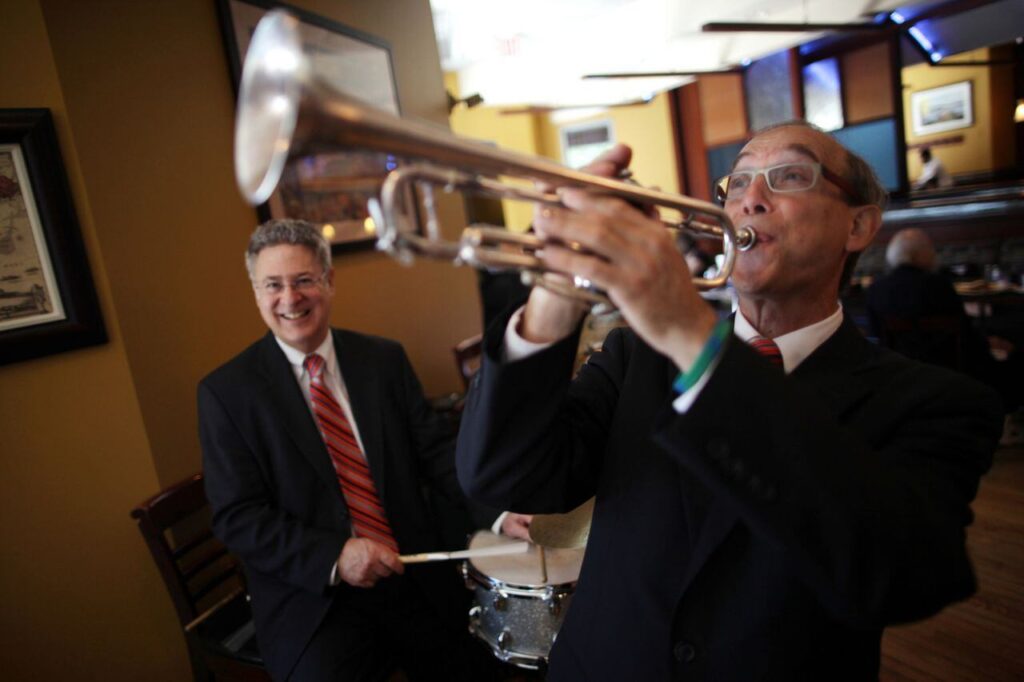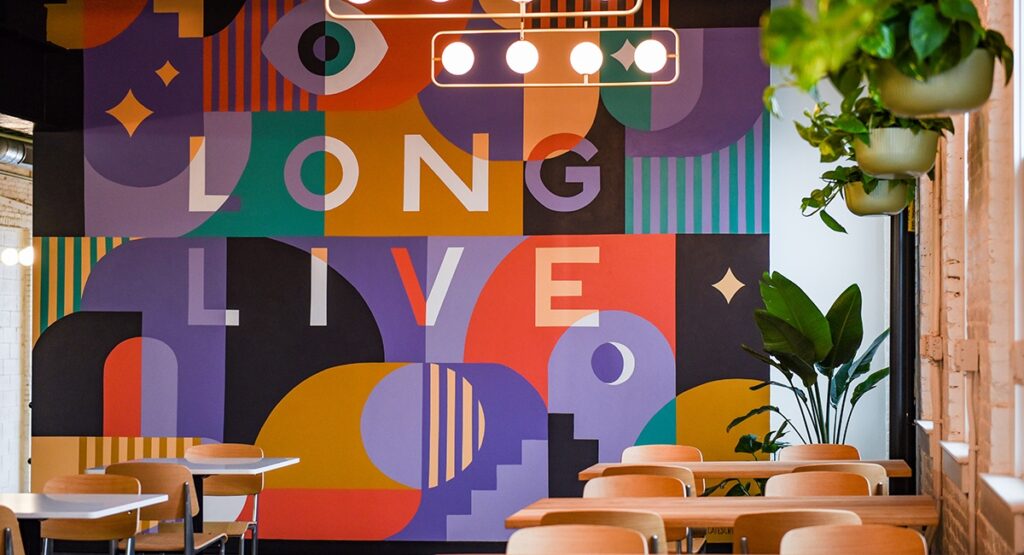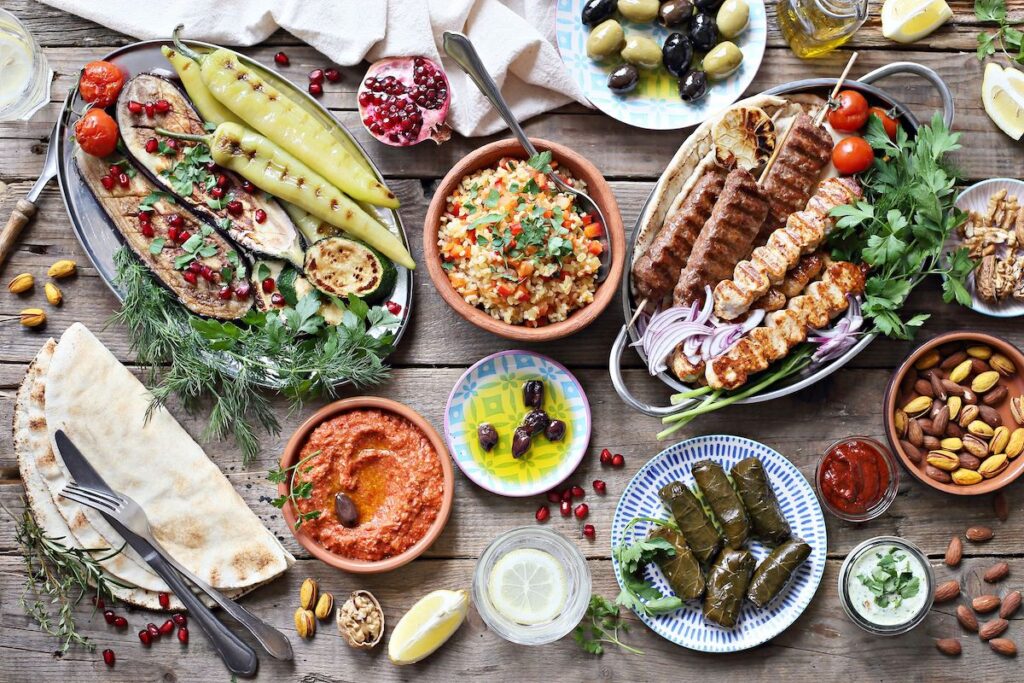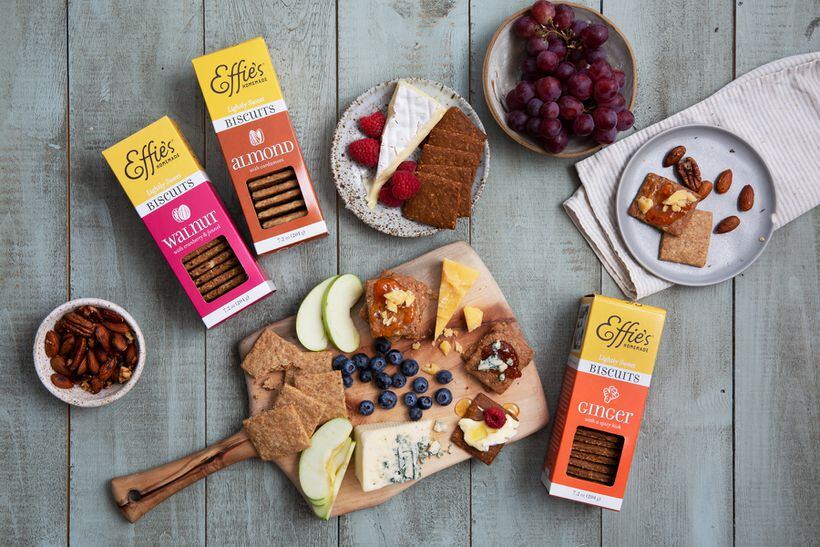As anyone who listens to our spots or who just knows me knows, I will travel pretty far to hear the Winiker Brothers.
They have been dear friends to both Jordan and myself for decades and are the go-to call not only when we want the best music for any event but when we want support for our lives in general or just for a meal.
That is why I hope to be at Neroli in Westwood on April 4, when the Brothers will make their delicious debut at their latest venue.
In addition to convincingly playing everything from Tony Bennett to Taylor Swift, Bill and Bo and their cohort of top bandmates have also played everywhere from the old and new Gardens to the White House, so you can always be sure of a great night of music when they are on the bill!
At Neroli, the Winiker’s music will complement an equally impressive bill of fare that includes their signature bruschetta with Stracciatella and roasted baby heirloom tomatoes, arancini with brain-healthy and satisfying saffron risotto, three-meat meatballs, salumi and cheese boards, freshly-layered lasagna, lobster ravioli, and other traditional Italian fare served with New England flair.
If you can’t make it that night, they are open Tuesday through Sunday with Sunday brunch and a special Sunday supperclub to help you get ready for the week ahead. If you can’t make it in at all but still want great food, Neroli also offers a take-out market and catering so they- like the Winikers- can get you exactly what you want for your next big event.










